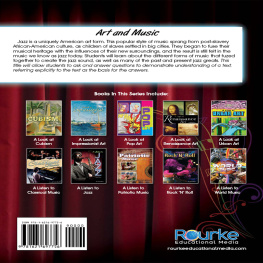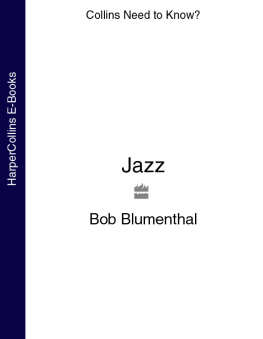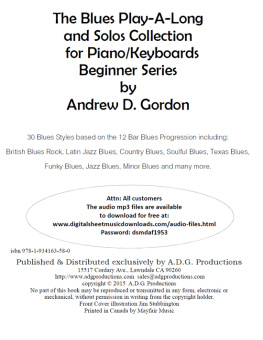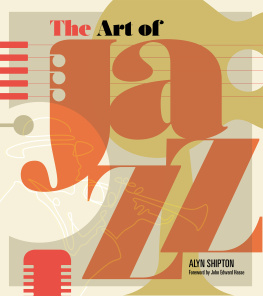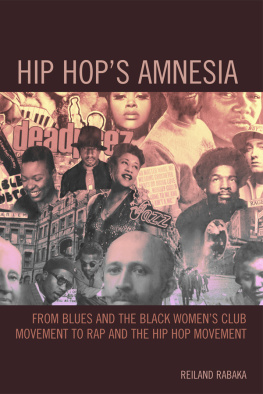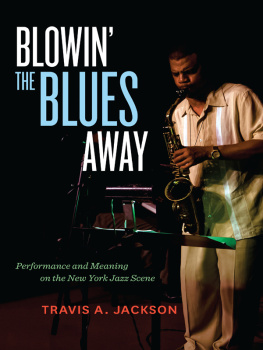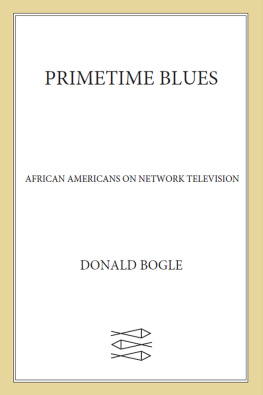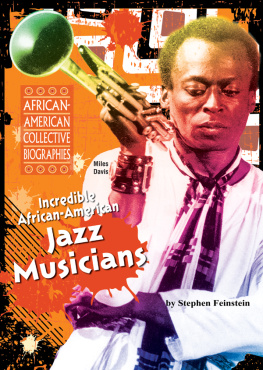THE HEARING EYE
THE HEARING EYE
Edited by
GRAHAM LOCK and DAVID MURRAY
THE HEARING EYE
Jazz & Blues Influences in African American Visual Art


Oxford University Press, Inc., publishes works that further
Oxford Universitys objective of excellence
in research, scholarship, and education.
Oxford New York
Auckland Cape Town Dar es Salaam Hong Kong Karachi
Kuala Lumpur Madrid Melbourne Mexico City Nairobi
New Delhi Shanghai Taipei Toronto
With offices in
Argentina Austria Brazil Chile Czech Republic France Greece
Guatemala Hungary Italy Japan Poland Portugal Singapore
South Korea Switzerland Thailand Turkey Ukraine Vietnam
Copyright 2009 by Oxford University Press, Inc.
Published by Oxford University Press, Inc.
198 Madison Avenue, New York, New York 10016
www.oup.com
Oxford is a registered trademark of Oxford University Press
All rights reserved. No part of this publication may be reproduced,
stored in a retrieval system, or transmitted, in any form or by any means,
electronic, mechanical, photocopying, recording, or otherwise,
without the prior permission of Oxford University Press.
Library of Congress Cataloging-in-Publication Data
The hearing eye : jazz and blues influences in African American
visual art / edited by Graham Lock and David Murray.
p. cm.
Includes bibliographical references and index.
ISBN 978-0-19-534050-1; 978-0-19-534051-8 (pbk.)
1. African American art20th century. 2. Art and musicUnited
StatesHistory20th century. 3. Jazz in art. 4. Blues (Music) in art.
I. Lock, Graham, 1948. II. Murray, David.
N6538.N5H43 2008
704.0396073dc22 2007047198
Recorded audio tracks and full-color illustrations (marked in text with)
are available online at www.oup.com/us/thehearingeye 
Access with username Music2 and password Book4416
1 3 5 7 9 8 6 4 2
Printed in China
on acid-free paper
In memory of Eric Dolphy and Rose Piper
Introduction: The Hearing Eye
Hear with your eyes and see with your ears.
Charlie Parker
This collection aims to address a gap in the literature on art and music, a gap that appears to be the result of a racial blind spot and/or listening bias. Valerie Wilmer has described how the idea for her book As Serious as Your Life, a study of post-Coltrane jazz, first came to her in a Manhattan bookshop when she picked up a volume called The New Music and instead of reading about Cecil Taylor and Sun Ra, found myself into a treatise on Cage and Stockhausen.
These omissions appear to confirm painter Vincent Smiths contention that the art world has become the last bastion of white exclusivity;
And, indeed, although Douglas began his project by studying African masks for inspiration, he found himself responding instead to memories of black folk musics, and placing on the canvas
the visual emanations or expressions that came into view with the sounds produced by the old black song makers of antebellum days when they first began to put together snatches and bits from Protestant hymns, along with half remembered tribal chants, lullabies and work songs.
While the extent to which music affected Douglass conception of form is unclear, Musics formal influences on painting have proved harder to identify, yet several painters testify in these pages to its powers of suggestion, whether in determining, for example, the ways they use space (Sam Middleton, Wadsworth Jarrell) or in their choice of texture (Joe Overstreet, Ellen Banks). Certainly the frequency with which African American painters have addressed musical subjects suggests that many of them will have considered how best to adapt the materials and disciplines of their art to represent musics particular auditory and kinetic qualities.
There is even more criss-crossing to consider. A number of African American painters have also been musicians: Ellen Banks studied piano; Jean-Michel Basquiat fronted his own noise band; Romare Bearden wrote song lyrics; Richard Mayhew was a jazz singer; Mildred Thompson played blues guitar and composed electronic music.
There is clearly a rich field of cultural interaction to explore here, but we should first place it very briefly in a larger context. The central role that black music has played in twentieth-century culture (African American, American, and global) has been noted by writers and critics from W. E. B. Du Bois to Amiri Baraka. Du Bois wrote in The Souls of Black Folk that Africans had brought to America a gift of story and songsoft, stirring melody in an ill-harmonized and unmelodious land,
It is no surprise then that the music has played a crucial part in African American visual art. What is surprising is the continuing neglect of this association, and of African American art in general, by both the academy and the commercial art world;can culture, so perhaps we should also say that in referring to jazz and blues as black musics, we do not mean to fence them off as racially specific forms, only to acknowledge the historical circumstances from which they emerged and the predominant meanings they accrued as they developed. Finally, our focus on jazz and blues in particular reflects our belief that they were the prevailing musical influences through much of the twentieth century, which is not to deny the importance of, say, funk or gospel, or the current global popularity of rap and hip-hop (or the fact that such genre differentiations are sometimes arbitrary and rarely clear-cut).
While these choices of emphasis are our own, we would like to acknowledge the groundbreaking role of earlier anthologies edited by Krin Gabbard and by Robert G. OMeally and his colleagues, as well as the work of the Integrative Studies Program at Chicagos Center for Black Music Research, published in their journal Lenox Avenue.
One notable theorist from a non-literary discipline is art historian Richard Powell, who has invoked black music as a core repository of what Zora Neale Hurston termed characteristics of Negro expression. Powell argues instead for a more formalist aesthetic based on primary elements of black musicsuch as syncopated rhythms and call-and-response structureswhich, he says, have become so culturally ingrained that they operate as organizing principles across all areas of black creativity.
One problem with this approach is that such music-specific criteria may not be so readily applicable in other contextsfor example, how do we define syncopation in relation to painting?and, consequently, when Powell tries to make
Powell also makes reference to a particular African American conception of the relationship between the material and the spiritual. He quotes from Aaron Douglass famous letter to Langston Hughes concerning the need for African American artists to develop an aesthetic that is not merely white art painted black: to achieve this, Douglas declared, they should
plunge into the very depths of the soul of our people, and drag forth material, crude, rough, neglected. Then lets sing it, dance it, write it, paint it. Lets do the impossible. Lets create something transcendentally material, mystically objective. Earthy. Spiritually earthy. Dynamic.
Powell comments:
Next page

